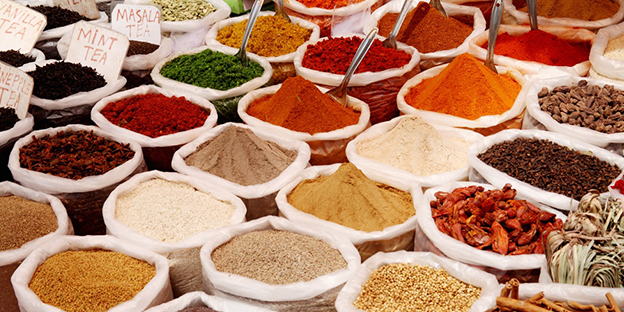Now a days people are getting more aware of the organically grown foods and their benefits. Organic farming is the big responsibility and it’s done without use of chemical fertilizer and pesticides.This works on the grass root level depending on the reproductive and regenerating capacity of the soil.
As per research, India ranked 15th in terms of World’s Organic Agricultural land according to the data available for the year 2013. The total area under organic certification is 5.72 million hectare (2015-16). This includes 26% cultivable area with 1.48 million Hectare and rest 74% with 4.22 million Hectare comes under forestry and wild area for collection of minor herbs products or produces.
Indian government has successfully implemented the National Programme for Organic Production (NPOP). The programme involves the authorized programme for certification bodies, standards followed for organic production, promotion of organic farming & products etc. The NPOP principles for production and accreditation system have been recognized by European Commission and Switzerland for unprocessed plant products as equivalent to their country standards. Similarly, USDA has recognized NPOP conformity assessment procedures of accreditation as equivalent to that of US. With these recognitions, Indian organic products duly certified by the accredited certification bodies of India are accepted by the importing countries.
- Production
The organic production is not limited to the edible sector or human consumption products but also produces organic cotton fiber and other functional food products.
- Exports
The total volume of agricultural export during the year 2015-16 was recorded as 2,63,688 MT. The organic food export realization was around 299 million USD. Indian organic produces are also exported to European Union, US, Canada, New Zealand, Australia, Switzerland, South East Asian countries, Korea, Middle East, South Africa etc.
The export percentage of commodities are mostly, oil seeds (50%) which is one of the leading product exported followed by processed food products (25%), cereals & millets (17%), tea (2%), pulses (2%), spices (1%), dry fruits (1%), and others.
More growth in this sector is expected in the near future as the government is gradually supporting organic farming in terms of subsidies and planning some comprehensive policy in this regard.





